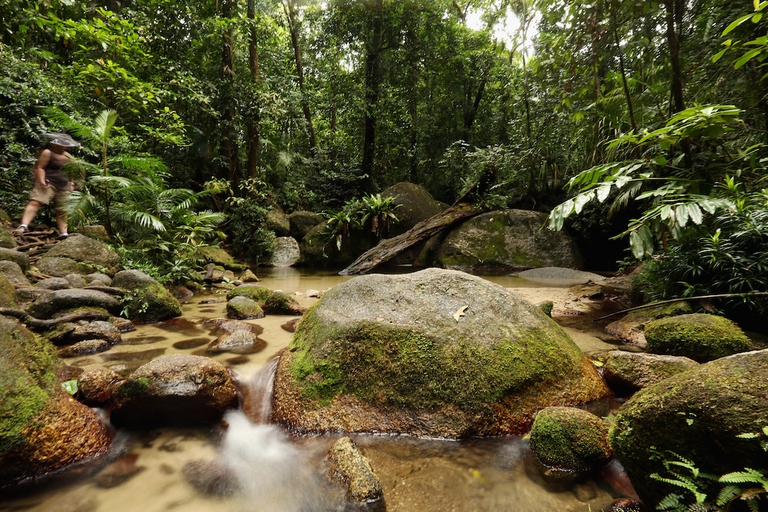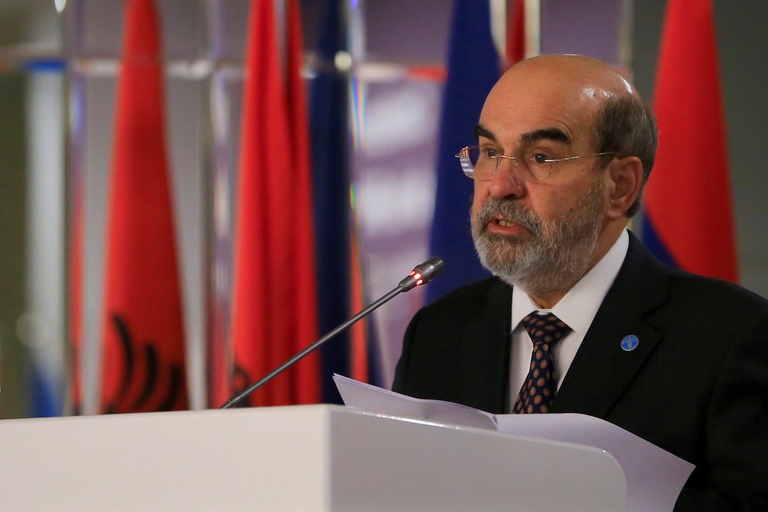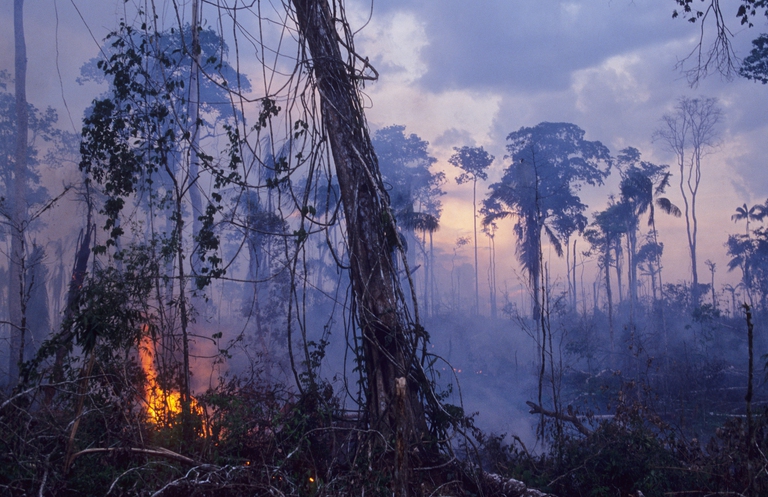
The Amazon became an alternative classroom during the pandemic. Now, the educational forest in Batraja, Bolivia, lives on to teach children and adults the value of nature.
Un rapporto della Fao mostra i casi virtuosi di alcuni paesi che sono riusciti a lottare contro la fame salvaguardando al contempo le foreste.
Embracing sustainable agriculture practices and ending deforestation are essential elements in achieveing the Sustainable Development Goals adopted by the international community. The State of the World’s Forest report – published by the Food and Agriculture Organisation (FAO) on 18 July – highlights how forest conservation is linked to poverty eradication, marine ecosystems protection, clean energy access, and to the fight against climate change.
“Forests and agriculture have an enormous role in achieving the 2030 Agenda’s historic commitment to rid the world of the twin scourges of poverty and hunger,” said FAO Director-General Jose Graziano da Silva. “This urgently requires closer collaboration and partnerships, cross-sectorally and at all scales”.
The paper analyses the current situation: “Net forest area has increased in the temperate domain in recent years, and there has been relatively little recent change in forest area in the boreal and subtropical climatic domains. However, “there was a net forest loss of 7 million hectares per year in tropical countries in 2000–2010 and a net gain in agricultural land of 6 million hectares per year”.
These dynamics are particularly clear in low-income countries, where rural populations have increased. Not a coincidence, agriculture is responsible for about 70 per cent of deforestation in Latin America. Between 2010 and 2015, though, the phenomenon has been partly offset by the natural expansion of forests in abandoned lands (with an increase of 2.2 million hectares a year) and by new saplings (3.1 million).
Changes in the use of lands aren’t always monitored properly by different countries. In fact, out of the 35 countries analysed by the FAO, nearly 50 per cent don’t mention such changes in the main documents outlining their policies.
The report focuses on 7 case studies: Chile, Costa Rica, Gambia, Georgia, Ghana, Tunisia and Vietnam. “State of the World’s Forests 2016 shows that some countries have been able to reconcile the aspirations of the different sectors, increasing the agricultural productivity and food security of their populations while also halting and even reversing deforestation,” ends Graziano da Silva. “The challenge today is to encourage such positive trends in countries – especially low-income countries – in which food insecurity is still rife and where forests are still being lost”.
Siamo anche su WhatsApp. Segui il canale ufficiale LifeGate per restare aggiornata, aggiornato sulle ultime notizie e sulle nostre attività.
![]()
Quest'opera è distribuita con Licenza Creative Commons Attribuzione - Non commerciale - Non opere derivate 4.0 Internazionale.
The Amazon became an alternative classroom during the pandemic. Now, the educational forest in Batraja, Bolivia, lives on to teach children and adults the value of nature.
Our species took its first steps in a world covered in trees. Today, forests offer us sustenance, shelter, and clean the air that we breathe.
Bangladesh suffered widespread damage as a result of Cyclone Amphan. Yet the Sundarbans mangrove forest acted as a natural barrier protecting the country from further destruction, as it has done countless times before.
On top of a 2.4 million dollar compensation, the indigenous Ashaninka people will receive an official apology from the companies who deforested their lands in the 1980s.
The tapir was reintroduced into Brazil’s Atlantic Forest, the country’s most at-risk ecosystem. The species can play a key role in the forest’s recovery.
Forests are home to 80 per cent of the world’s terrestrial biodiversity. This year’s International Day of Forests highlights the urgent changes needed to save them.
After a legal battle that lasted two years, Indonesia’s Supreme Court has revoked the permit to mine for coal in the forests of South Kalimantan in Borneo.
The list of human and animal victims of the Australia wildfires keeps growing – one species might already have gone extinct – as the smoke even reaches South America.
Areas where the FARC guerrilla used to hold power in Colombia have faced record deforestation. Farmers cut down trees, burn land and plant grass for cows. Because, “what else can we do for a living here in the Colombian Amazon”? An intimate report from the heart of the felled forest in Caquetá.










